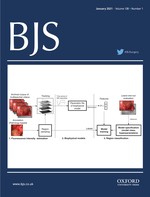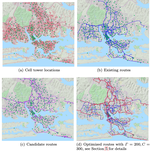Biography
Rahul Nair is a Research Staff Member at IBM Research Europe in Dublin. His research interests are in technology and development (societal applications), trusted computing. His expertise is in optimization, machine learning applied across sectors particularly transportation, healthcare, and business computing. He holds a Ph.D. from University of Maryland College Park.


